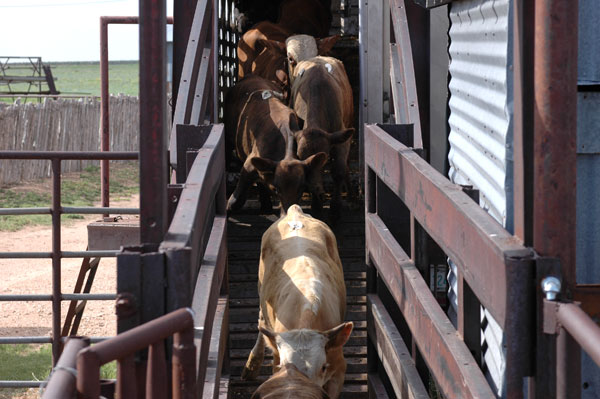Is the key to reducing antibiotic use cattle management?
July 31, 2017

"I’ll worry about that when the cow police show up.” I received this response on social media a couple of years ago, after I pointed out to someone that their antibiotic regimen advice was in violation of federal regulations. I replied that, indeed, “cow police” would not be beyond the realm of possibilities if people are cavalier about how they use antibiotics.
While this statement may seem extreme, antimicrobial use and resistance will continue to be major concerns for both human health and animal health. And it is clear that we will have more regulatory supervision of antimicrobial use in the future. For evidence, we need to look no further than the veterinary feed directive (VFD) that was enacted on Jan. 1 of this year.
As we move into weaning this fall, the reality of a VFD will come to light for many producers for the first time. If their calves have a health issue, producers will be required to seek the advice of their herd health veterinarian in order to use a feed-grade antibiotic. It remains to be seen if this requirement will reduce antibiotic use; most likely, it will.
But is government oversight the best way to reduce antibiotic use? We can say, “Well, we’re going to have government oversight anyway, so we might as well get used to it.” But I think we can all agree that this approach would not be in our best interest as an industry.
I recently spoke at a National Academies of Science, Engineering and Medicine (NASEM) conference in Washington, D.C., on combating antimicrobial resistance. The discussion was very balanced. It was encouraging that the finger-pointing between human health and animal health that has occurred in the past was simply not there. However, the beef industry garnered considerable discussion, and I believe it was because many in attendance did not understand the complexities of the beef production cycle.
The vertical integration of the pork and chicken industries provides the ability to manage those animals from their date of birth to their date of harvest. The segmented nature of the beef industry, obviously, does not allow for this. These differences were very perplexing for many who were not familiar with agriculture. I point this out because NASEM is a very influential voice for domestic and global policies, so this group will have considerable influence as more regulations are considered.
In my opinion, the key to reducing antibiotic use is to improve cattle management. Management tools we have at our disposal include vaccines; low-stress cattle handling; low-stress weaning techniques; shelter from weather extremes; and a good, balanced ration.
The value of good management is more apparent when considering the process as cattle leave the home farm and end up at a feedyard. Livestock auctions are the primary market source for feeder cattle, which results in commingling of cattle from dozens of other farms. If purchased through an order buyer, calves are often commingled further at the order buyer’s headquarters. At this point, it is conceivable that the number of farms and ranches represented could exceed 100.
Then the calves are loaded on a truck and hauled to the feedyard, where they come in contact with even more cattle. This journey is stressful; and when we think about the entirety of the process, the importance of good management from the home farm through the receiving period at the feedyard can’t be overstated.
We can consider these issues to be a problem or an opportunity. I hope it is accepted as an opportunity — an opportunity to develop a better working relationship with your herd health veterinarian. I think that would be much better than having to deal with the cow police.
About the Author(s)
You May Also Like





